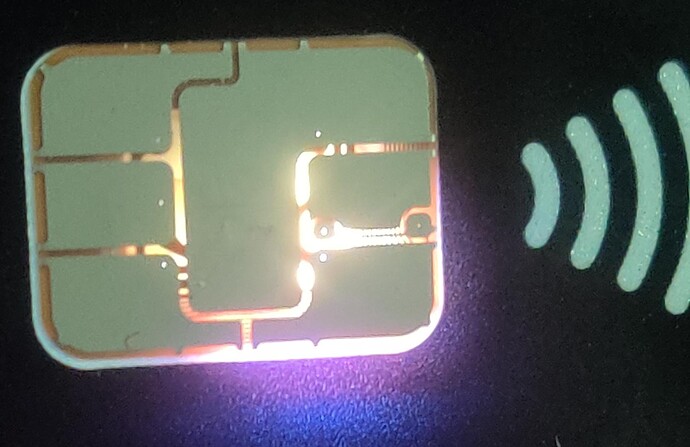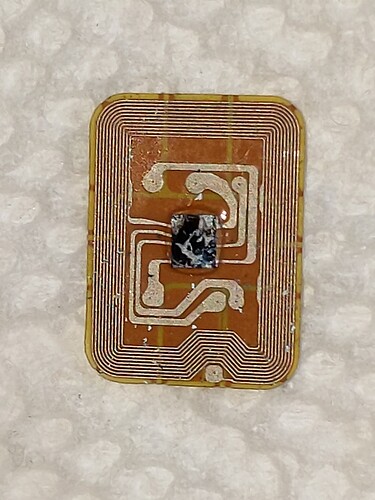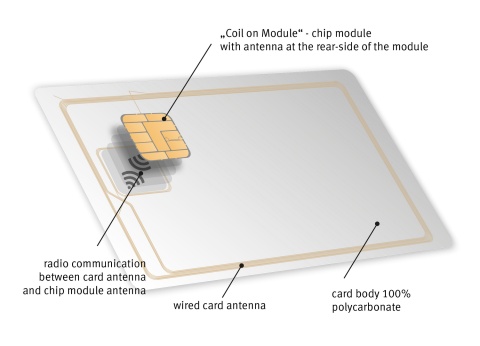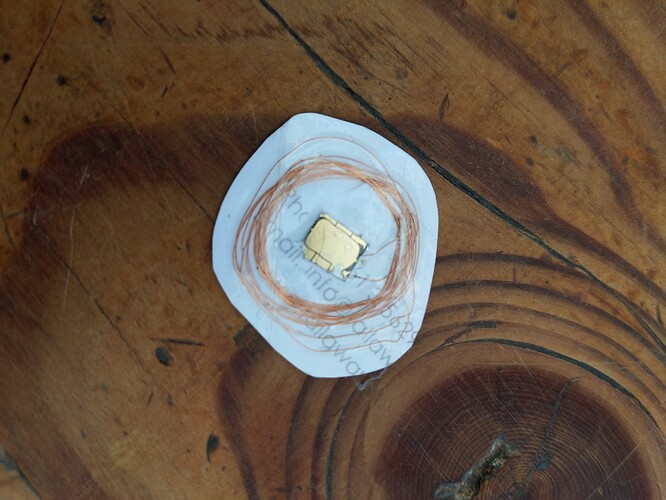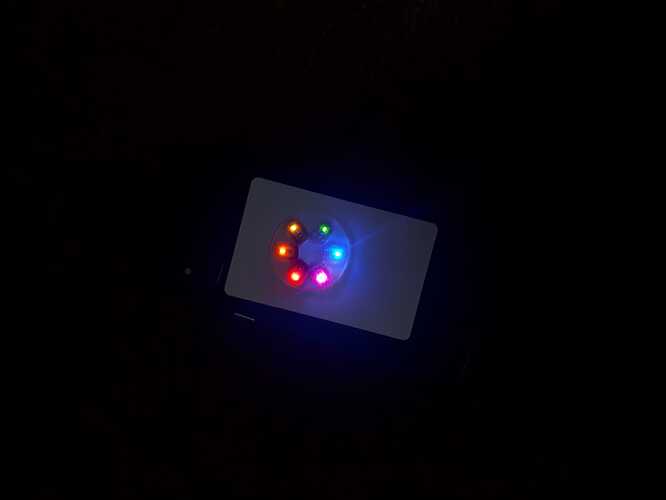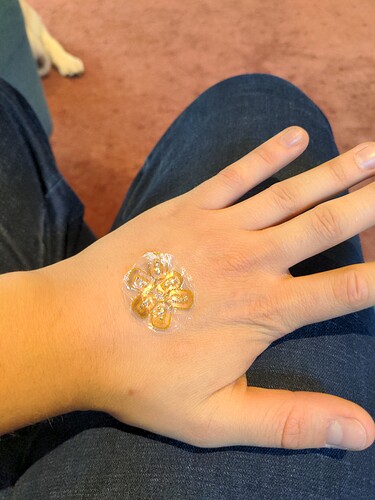Just some thoughts about it:
My experience is, that’s scanning a payment card in dissolved or with a (diy) air-coil antenna is not representing the comparable environment to a POS terminal and a very bad idea.
In example: I dissolved a german vimpay card, rebuild the antenna 1:1, tested the connection only with my smartphone, everything was fine.
So i covered the diy antenna with the chip with some biosilicone, got it implanted, and guess what - it worked really bad.
So i had to unimplant it.
Why it was not working as tested?
Well, it’s about the pF, about meassuring Henry, calculating coils, ferrite foils, interferences of substances like silicone, plastic, size and form of the remote device, skin etc etc.
Even a metall bracelet or a metall watch near the implant can interfere with the connection in good and in bad.
These things and many more things, as allready discussed here, are relevant to the funcinality and the connectivity of the circuit.
My personal result is that I do respect more than ever the effort, the experiences Amal makes to develop a payment solution, and the knowledge he’s got to succeed.
Meanwhile i still experiment with wire, chips, Lcr Meters and myself 
So, let’s keep discovering and developing dangerous things all together
